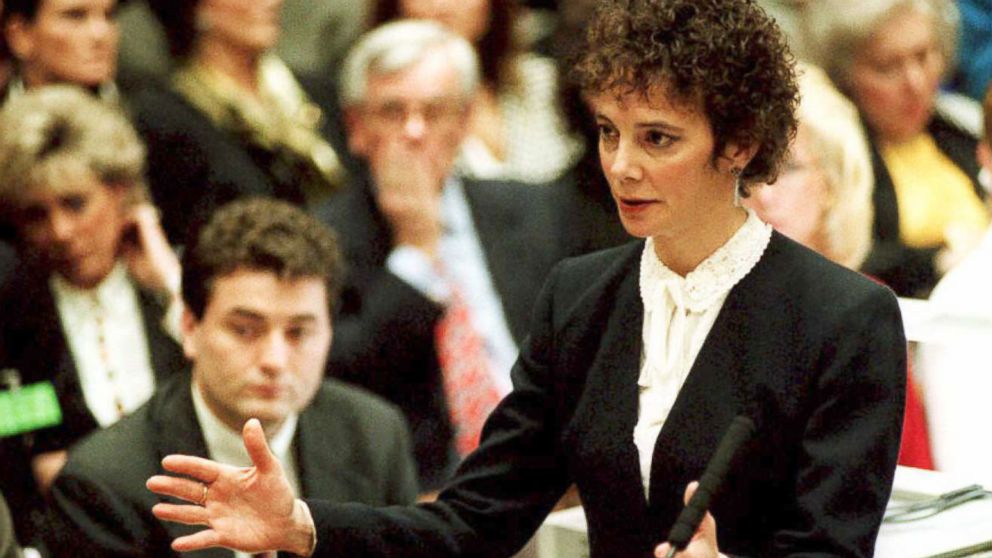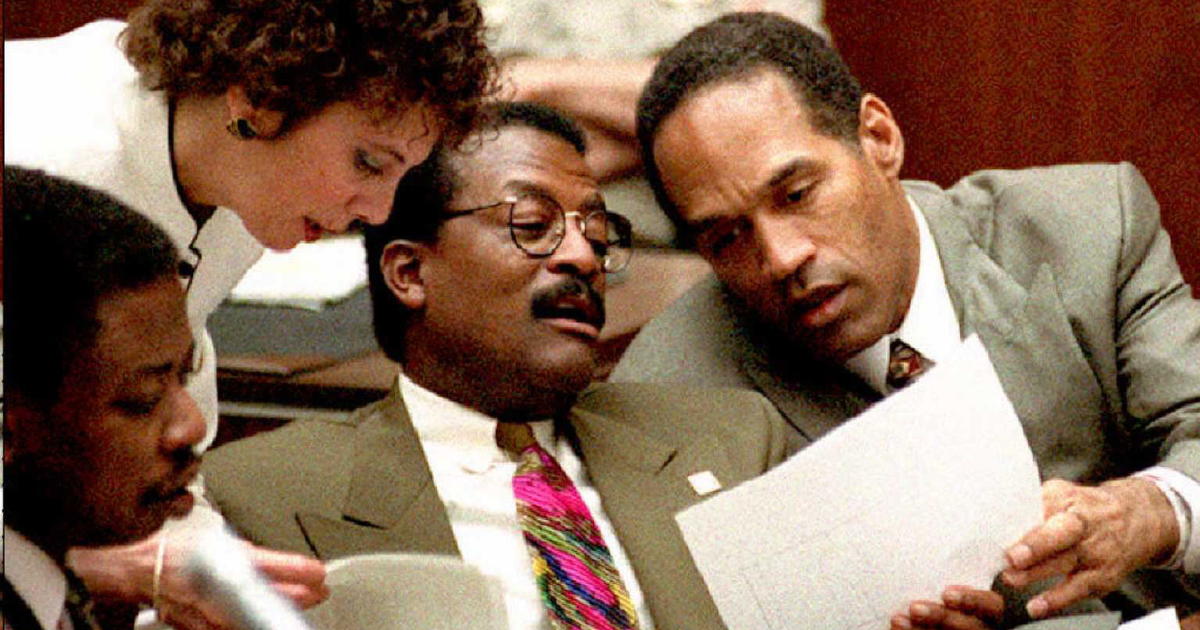The case goes to the jury. October 2, 1995: After less than four hours, jury announces that it has reached a verdict. October 3, 1995: Jury finds O.J. Simpson not guilty of two counts of murder. October 23, 1996: Opening statements in civil trial. Orenthal James Simpson (born July 9, 1947), nicknamed 'The Juice', is an American former football running back, broadcaster, actor, advertising spokesman, and convicted felon.Once a popular figure with the U.S. Public, he is now best known for being tried for the murders of his former wife, Nicole Brown Simpson, and her friend, Ron Goldman.Simpson was acquitted of the murders in criminal court.

OJ Simpson Case Summary The Crime In the 1970’s and 1980’s, Orenthal James Simpson or OJ Simpson was a well-known celebrity within North America. He was an all American Football player who turned to acting and sports casting after he retired from the National Football League. Key dates in the O.J. 1994: June 12: Nicole Brown Simpson and Ronald Goldman killed. June 17: After Bronco chase, O.J. Simpson arrested and charged with murder. When asked if he had falsified police reports or planted evidence in the Simpson case, he invoked his 5th Amendment rights against self-incrimination. Fuhrman was accused of planting critical evidence, contaminating it with Simpson’s blood, and falsifying police records.
The jury took less than four hours to reach a unanimous decision in the trial that has gripped America for an entire year.

Nicole Brown Simpson and Ronald Goldman were stabbed to death outside her Brentwood townhouse on June 12 1994.
Former American football star Simpson was arrested soon after the killings but insisted from the start he was 'absolutely, 100% not guilty'.
Judge Lance Ito ordered OJ Simpson be released 'forthwith' ending 473 days in custody.
In a statement, Jason Simpson expressed his father's relief that 'this part of the incredible nightmare that occurred is over'.
Orenthal James Simpson's fate has become essential television viewing for the American public ever since 95 million Americans watched police give chase to his white Ford Bronco on the day of his arrest.
Prosecuting lawyers produced evidence such as a pair of gloves - one found at the crime scene, the other at OJ's apartment - and emphasised OJ Simpson's violent relationship with his ex-wife.
The defence criticised the integrity of the Los Angeles Police Department, and the authenticity of their evidence.
Summing up, defence lawyer Johnnie Cochran alluded to an institutional racism which the jury had the power to redress.
'Maybe you are the right people at the right time in the right place to say: 'No more',' he said.
There had been fears a guilty verdict would spark repeat performances of the violent LA riots of 1992 after the acquittal of four police officers, filmed beating a black motorist.
But as the verdicts were returned, the crowd cheered so enthusiastically mounted police officers struggled to control their horses.
It’s been 20 years since more than 150 million viewers — 57% of the country — tuned in to watch the verdict in the O.J. Simpson trial at 10 a.m. on Oct. 3, 1995. The massive viewership of the verdict’s live broadcast was a fitting end to the saga that had captivated the entire nation since the infamous white Bronco chase of the previous June, and its legacy in the media still lasts today.
Football star Simpson had been on trial for the double-murder of his ex-wife, Nicole Brown Simpson, and Ronald Goldman. On the day of the verdict, jury deliberations only took four hours, far less than the nation expected after months of proceedings. TIME reporters and editors, caught slightly off-guard, scrambled to send reinforcements to Los Angeles for plenty of on-the-ground reporting. Planes crammed with journalists departed from across of the country, all headed to LAX. (One TIME correspondent named hers “the O.J. Express.”) The issue that resulted from that resulted from that reporting featured a cover image of Simpson smiling in court behind the words “We, the jury in the above entitled action, find the defendant, Orenthal James Simpson, not guilty of the crime of murder…”
The story inside included a retelling of the verdict that might have been familiar to many Americans, though the players were different. Like their millions of fellow citizens, a group including officers, prosecutors and friends gathered around a television in the court building to watch what would happen:
And it wasn’t just viewership numbers that made the image of interested observers crowding around a television set an appropriate one. The world had followed every turn of the case so closely that the trial would permanently change the news cycle and media patterns. Americans had never been so consumed by a single news story. They were forgoing scripted television dramas and soap operas to watch months of trial developments, Entertainment Weekly reported on Oct. 13, 1995. Magazines and newspapers like TIME profiled the officers, attorneys and surrounding figures in the trial, who eventually took on a celebrity level of fame. Court TV and CNN covered every aspect of the trial — an unprecedented standard for the 16 months of legal developments — and people followed along. The trial, culminating in the verdict’s broadcast from within the courtroom, created some of the most intense early demand for the current 24-hour news cycle and sowed the seeds for the reality television boom to follow. (And no one at the time could have guessed how much impact the fame of one of those in-court celebrities, Robert Kardashian, would have on entertainment.)
But, while so many Americans were watching the same announcement on TV, not everyone saw the same thing.
The debate about race in America that had taken hold of national conversation during the trial was only intensified by the verdict. (TIME itself drew criticism when the magazine darkened Simpson’s mugshot during the cover design process for the issue directly after the car chase. “I have looked at thousands of covers over the years and chosen hundreds,” managing editor James R. Gaines wrote in the following issue. “I have never been so wrong about how one would be received.”) After the trial was over, the nation seemed to split along racial lines. Many thought this was an example of another black man who had been unfairly prosecuted, while others faulted the predominantly black jury for letting him off.
TIME had examined the escalating racial rhetoric used in the courtroom and media during the trial with a cover emblazoned with the question, “O.J. and Race: Will the verdict split America?” The magazine answered its own question the week following the verdict:

Oj Simpson Case Date
Read the TIME special report from 1995, here in the TIME Vault: Making the Case
Get our History Newsletter. Put today's news in context and see highlights from the archives.
Oj Simpson Case Dateline
Thank you!
Oj Simpson Case Date
For your security, we've sent a confirmation email to the address you entered. Click the link to confirm your subscription and begin receiving our newsletters. If you don't get the confirmation within 10 minutes, please check your spam folder.